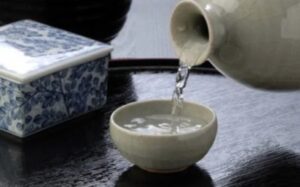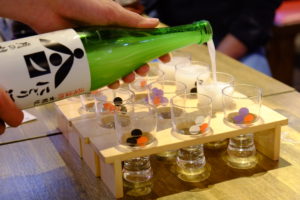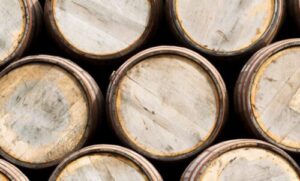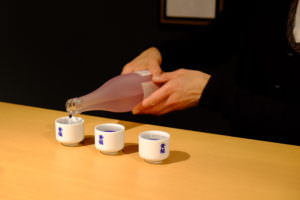In Japan, there is a culture of choosing foods and dishes according to the seasons, and changing clothes and decorations to match the seasons. In the same way, sake also changes its appeal and enjoyment with the seasons in our daily lives.
In this article, we will introduce how sake changes with the seasons, and the differences in taste and names for the different seasons!
A Year of Sake
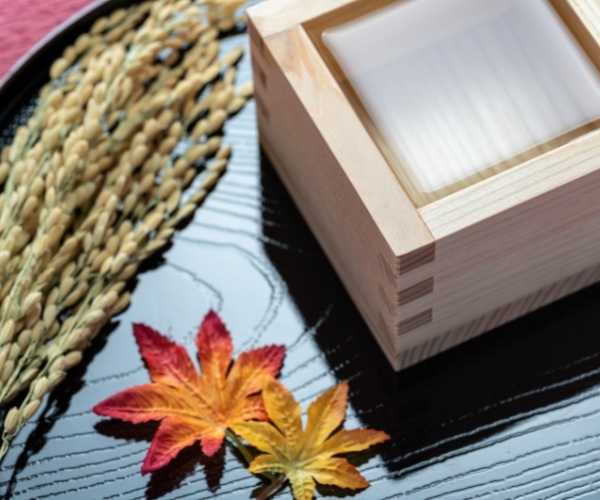
First of all, do you know how sake is made and shipped throughout the year? Sake is usually brewed during the coldest time of the year, known as “kanzukuri.
Most sake breweries begin brewing around October, when the temperature drops slightly and the rice harvest begins, and finish around March, when the weather warms up in early spring.
The reason why October 1 is designated as “Sake Day” is to celebrate the beginning of the sake brewing season.
The sake made during the year is slowly matured in tanks and shipped in time for each season. The difference of a few months creates a change in the taste of sake. In order to enjoy these changes with the four seasons of Japan, sake breweries make various efforts to change labels and adjust the mouthfeel and flavor according to the season.
Let us introduce you to some seasonal sake according to the level of maturity and situation.
Names and Characteristics of Sake by Season
Like the changing seasons, sake can be broadly divided into “spring sake,” “summer sake,” “autumn sake,” and “winter sake.
Winter Sake
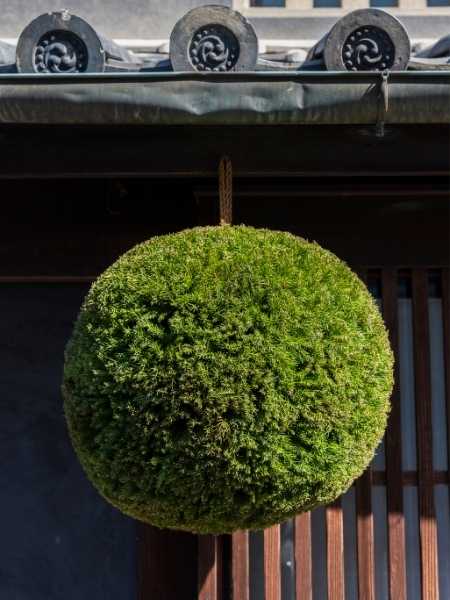
Shinshu” is sake that is pressed for the first time when the brewing process has begun and the cold weather has set in.
In most cases, the sake is not pasteurized or watered down, but rather is shipped as it is freshly pressed. Many sake fans eagerly await this winter’s sake.
The first sake to be pressed, called “arabashiri,” is characterized by its rough taste and sharpness.
Another real pleasure of winter sake is heating sake.
During the cold season, when oden and hot pot are in season, pairing warm dishes with hot sake is a staple.
Spring Sake
In February, when the weather is still cold, sake breweries press “Risshun Shibori” to celebrate the arrival of spring from the night before to the morning of Setsubun day.
The freshly pressed sake is filled and sold in stores on the same day.
The cherry blossom season is finally upon us, and hanami sake is drunk while viewing the cherry blossoms.
Sake still fresh from the winter pressings is often seen these days, such as ginjo-shu with a gorgeous aroma reminiscent of spring, and “pink nigori” sake, a bright “peach-colored” sake that makes the most of the color of the yeast.
Summer Sake
In summer, sake pressed in winter becomes milder and easier to drink.
Sake that is refreshing and easy to drink during the hot season is popular, and low-alcohol or on the rocks types are particularly summery.
The “super sparkling sake” with its carbonation will quench your thirst.
Autumn Sake
pasteurize
In the autumn season of appetite, we want to eat delicious foods such as autumn fish, mushrooms, chestnuts, and so on.
This is where “autumn sake” comes in.
The sake is called “Aki-agari” because the flavor of the sake has been matured to a good degree after passing through the summer season.
It is also called “hiyaoroshi”. Sake is usually pasteurized twice, but for autumn one only the first time is done before storage, and the second time is not pasteurized.
Conclusion
We hope that the differences in sake by season and the ways to enjoy them that we have introduced here have helped you to further appreciate the appeal of sake. Please enjoy the four seasons with sake, which has been traditionally tasted by people since ancient times in Japan.
If you choose sake to match your seasonal celebrations and occasions, you will find that sake has even more to offer!
When Visiting Fushimi Kyoto, Don’t Miss Our Sake Tasting Tour!
When visiting Kyoto, you can’t miss a sake tour of Fushimi – so why not join us on a hunt for the area’s best sake, and best combination with food pairing session and find your favourite along the way?

Visiting a bar or sake shop and don’t know which sake to buy or taste? Join our Sake Tasting and Pairing Experience!
In this experience, you will learn all the basics about sake and be able to compare different types of sake to find the differences and get to discover how to truly enjoy sake. Joining our sake tasting tour is surely a great introduction to your sake experience. Discover Japan’s real sake & food culture and traditions!

